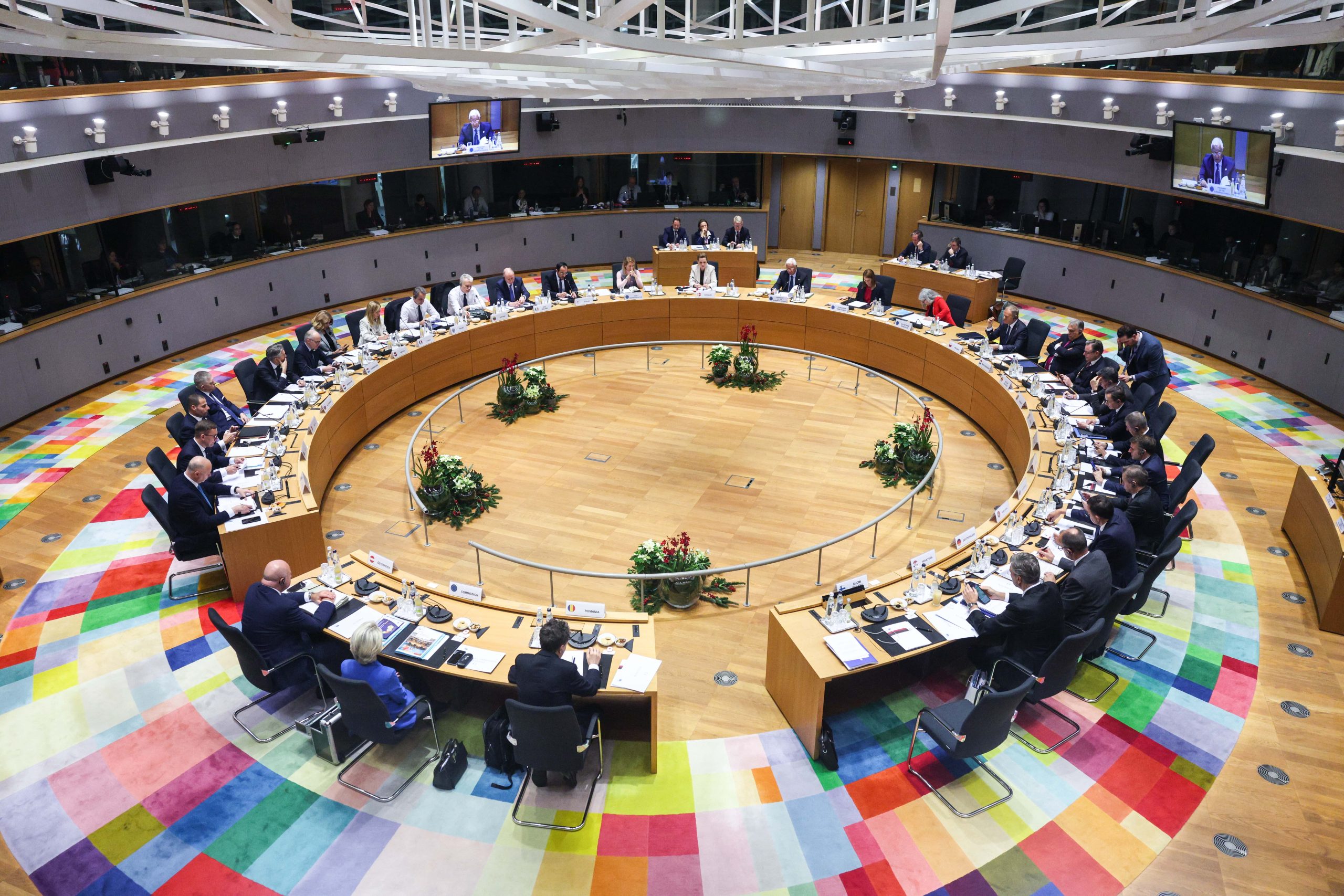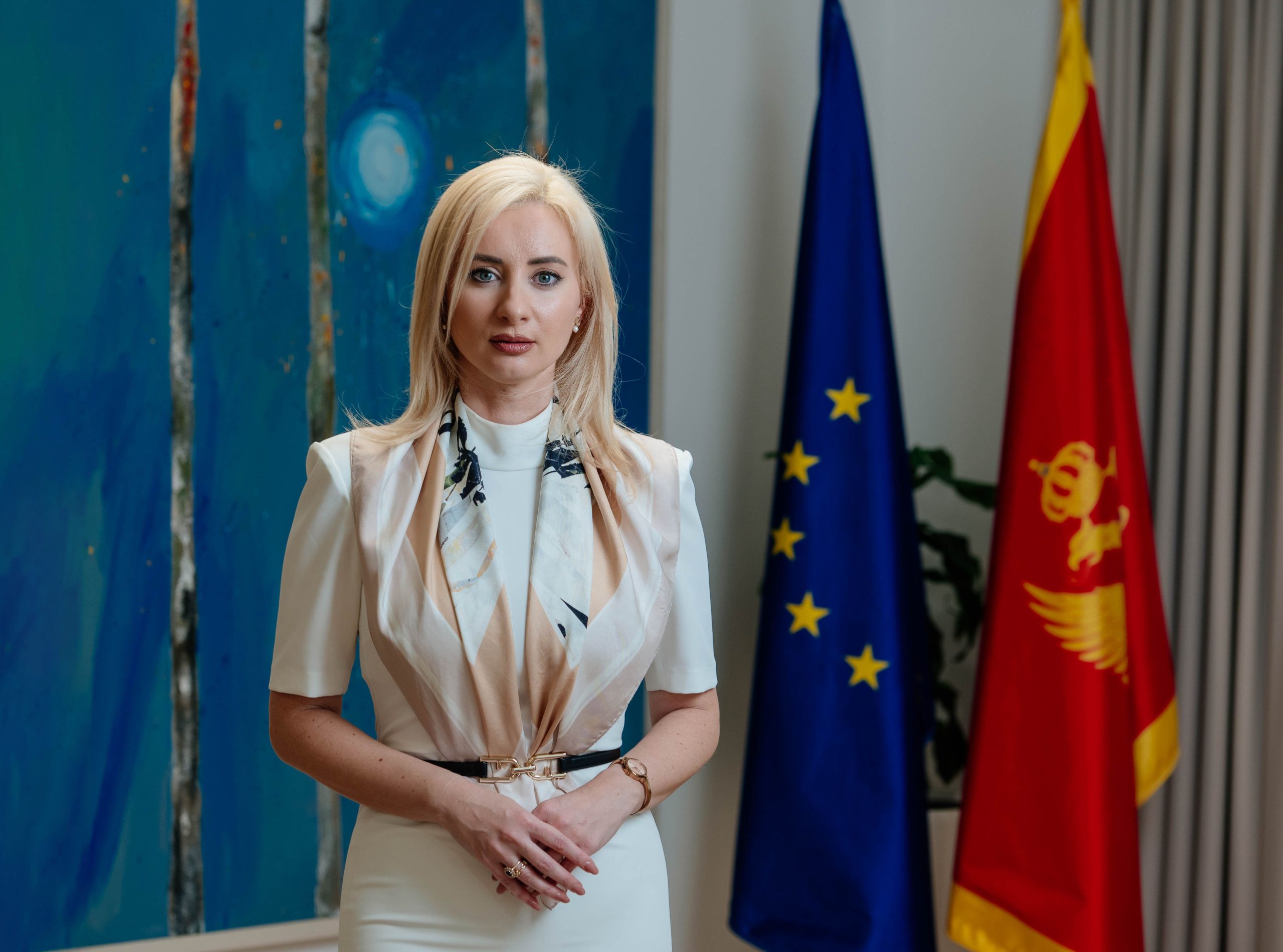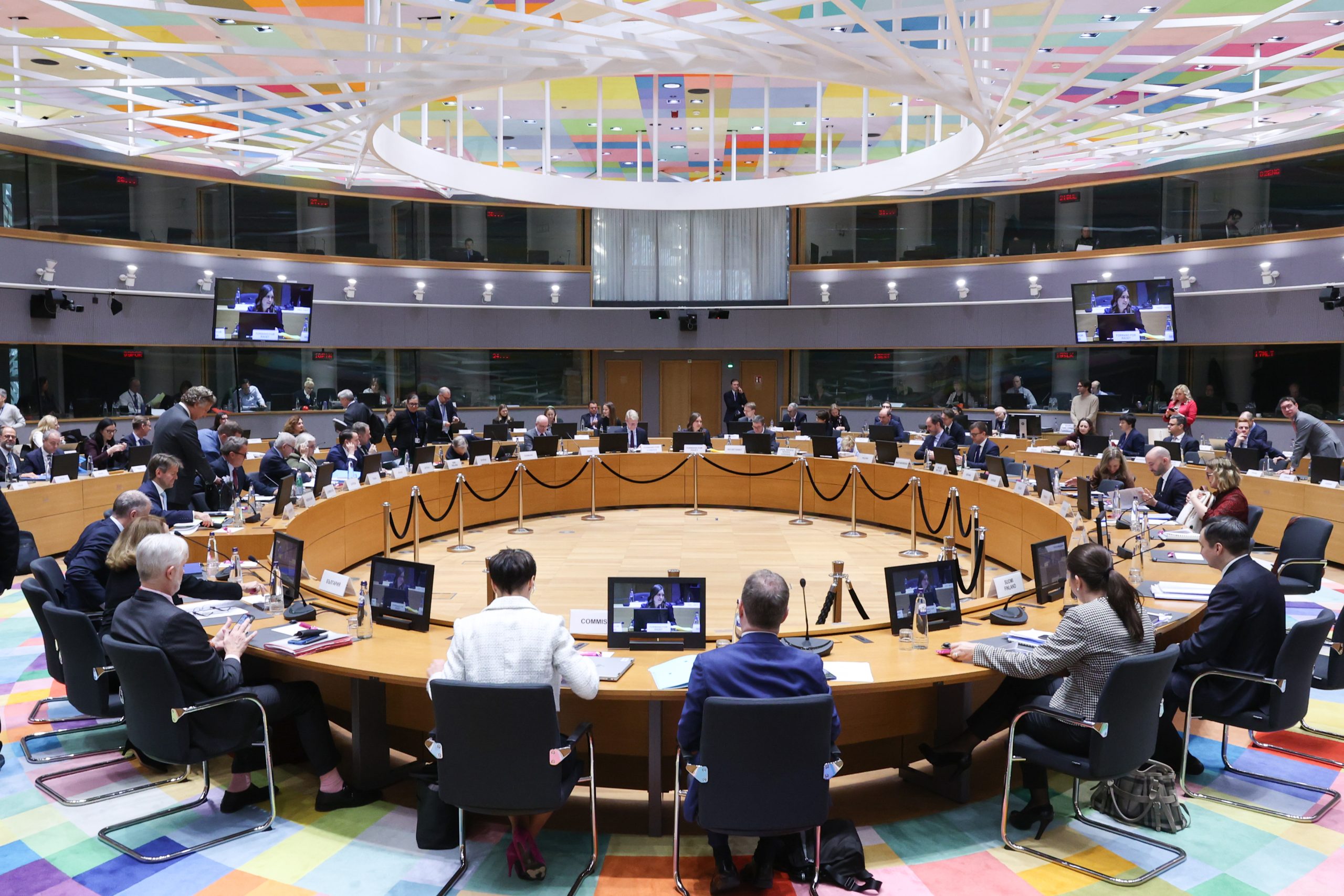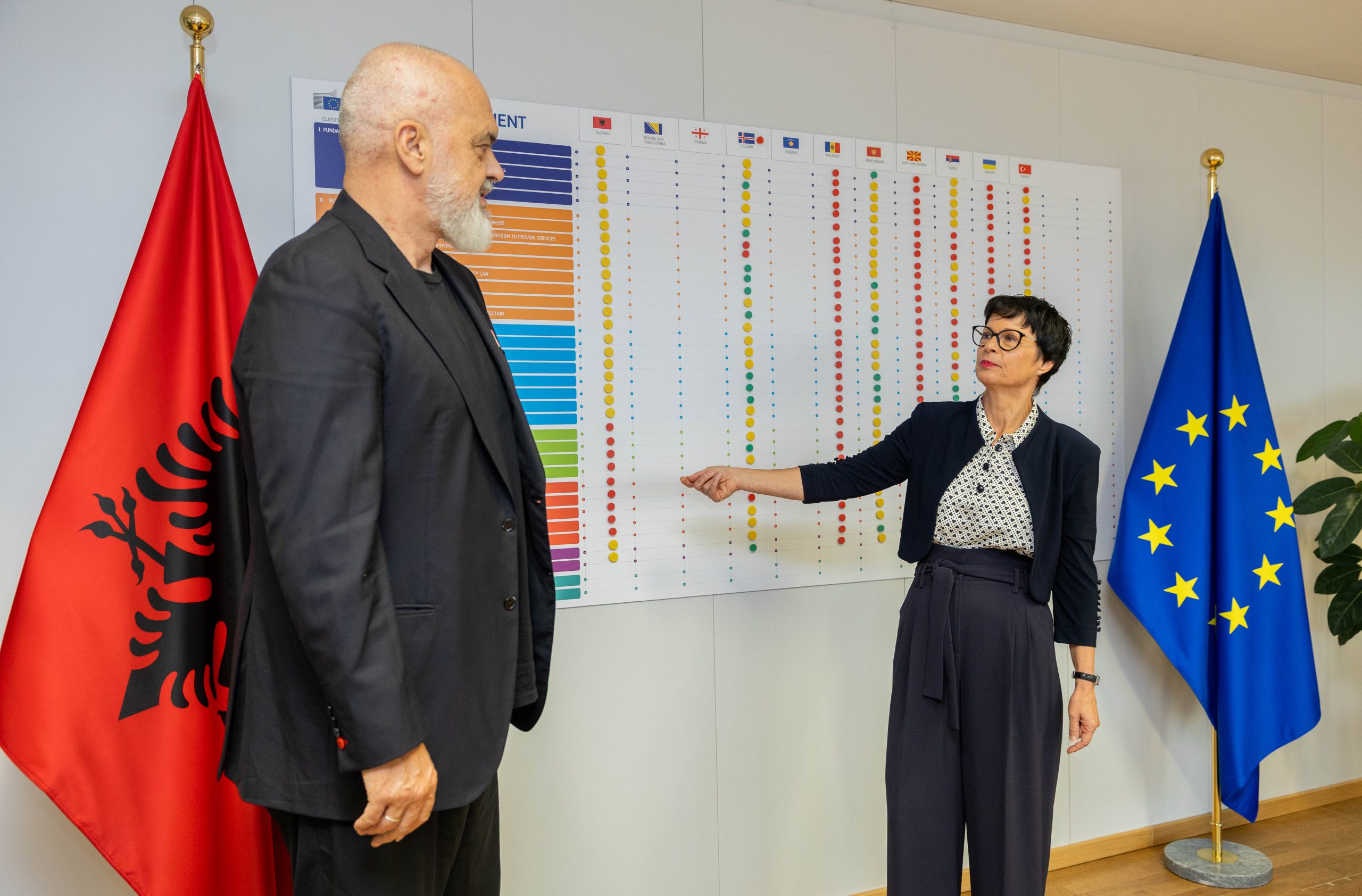Russia has grown from a peripheral economic power in the Western Balkans to one of its most significant players, reads a report issued by the Center for the Study of Democracy. It attempts to track and explain Russia’s increasing involvement in the region aimed at reasserting “its position as a global power and to present itself as an alternative to the Euro-Atlantic model of liberal democracy and a free market economy”.
In order to entrench its presence in the region, Russia has used its soft power, political pressure and its economic leverage “ranging from the control and acquisition of critical energy assets to the financing of political parties and media”, the authors of the report asserted.
Thus far, the region has remained committed to its Euro-(Atlantic) integration. However, “Russia’s meddling in the region has enhanced space domestically for political opportunists to try to avoid implementing necessary reforms, particularly those related to strengthening the rule of law and curbing of autocratic tendencies – as a result undermining civil society and the media, leading to democratic backsliding and an economic slowdown”.
The report analyses Russia’s economic footprint from 2005 to 2016 in four Western Balkan countries, namely in Bosnia and Herzegovina, Macedonia, Montenegro and Serbia, where Russia is deemed to be most active in this respect.
Three aspects of Russia’s economic footprint have been analysed, corporate footprint, foreign direct investments and bilateral trade, thus placing a special emphasis on investments in key sectors critical for the whole economy, e.g. energy, finance, metallurgy, transportation, real estate.
Although Russia’s economic footprint in the region has diminished in the wake of economic recession and the immediate aftermath of the crisis over Crimea, the authors assert that the four small and energy-dependent countries remain vulnerable to Russia’s pressure due the presence of its businesses in a small number of strategic sectors –energy, banking, metallurgy, real estate.
“The impact of Russia’s economic footprint has been underestimated by the US and governments of the EU, resulting in a failure to recognize the true extent of the associated risks,” reads the report.
Thus, the authors stress that the impact of Russia’s foreign direct investment (FDI) has been downplayed for multiple reasons, e.g. due to comparisons being made between Russia’s FDI and FDI of the EU as a whole, the fact that Russian companies in the region focus primarily on the aforementioned strategic sectors, whereas the investments of the EU countries are more diversified, overlooking the Russian government’s ability to use FDI as a foreign policy tool, etc.
According to data, Russia’s economic involvement in the region is most pronounced in Montenegro, where its FDI make up about 30% of the country’s GDP. Although there has been a rapid decline of Russia’s economic presence in Montenegro following the withdrawal of Oleg Deripaska from Montenegro’s largest company, the Podgorica Aluminum Plant, in 2012-2013, and the deterioration of bilateral relations since 2014, there were in 2016, nevertheless, one-third of the foreign firms in the country owned by Russian nationals. In addition, Russian tourists are the largest group of visitors to Montenegro, making up about 25 percent of the total.
On the other hand, Russia’s economic footprint was is least pronounced in Macedonia, where its FDI amount to only one percent of GDP.
In Serbia, over the same period, Russia’s corporate presence remained at about 10 percent of the country’s economy, concentrated mainly in the energy sector, according to the report. However, the authors stress that this figure underestimates the true value of Russian investment in Serbia, recalling that “much of Russian FDI in the country comes through Russian-owned companies with offices in EU member states, such as Austria and the Netherlands”. In addition, Russian presence in Serbian economy has been also expanded via direct government-to-government loans, the authors add.
In Bosnia and Herzegovina, Russia’s footprint is about equal, accounting for more than eight percent of FDI and it is seen primarily in the oil and gas sectors. However, its presence is dispersed unequally in the country’s two entities. There have also been talks about alleged direct government loans from Russia to RS, yet there were no reports confirming the materialization of these loans.
“To amplify the effect of its economic footprint, Russia has deployed an array of traditional soft power instruments, including media presence, support for pro-Russian domestic civil society organizations and political parties, and high-level political visits and statements. These tools have been used to support both current governments and opposition groups, depending on what suits Russia’s ends”, reads the report.
Based on these findings, the authors offer a list of recommendations the countries’ officials should consider, most of which call for depoliticisation, more transparency, diversification of FDI and better regulatory quality and economic governance.
Publication of this article has been supported by the Balkan Trust for Democracy of the German Marshall Fund of the United States









